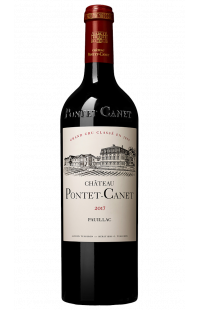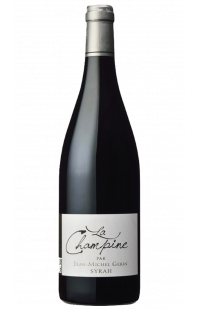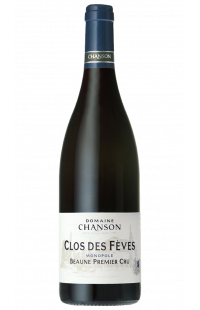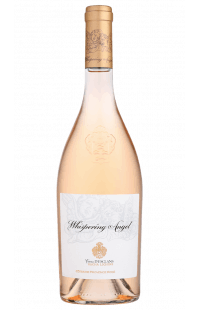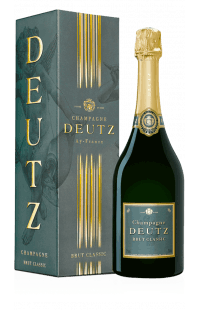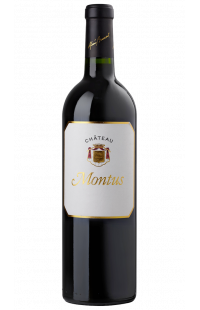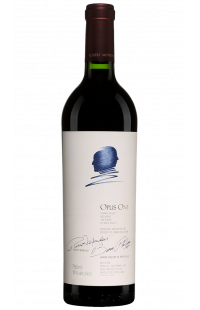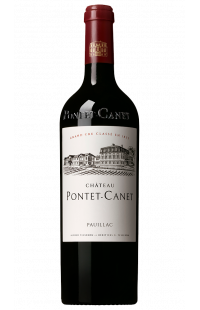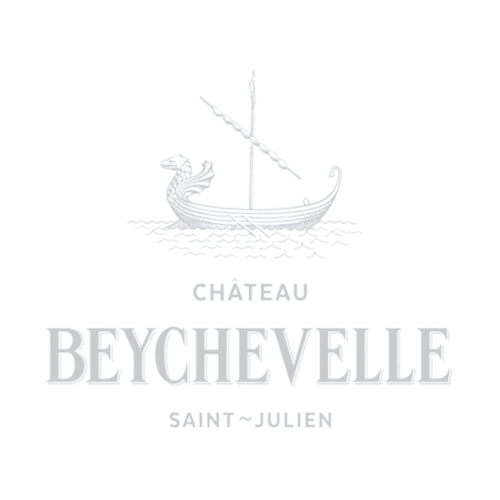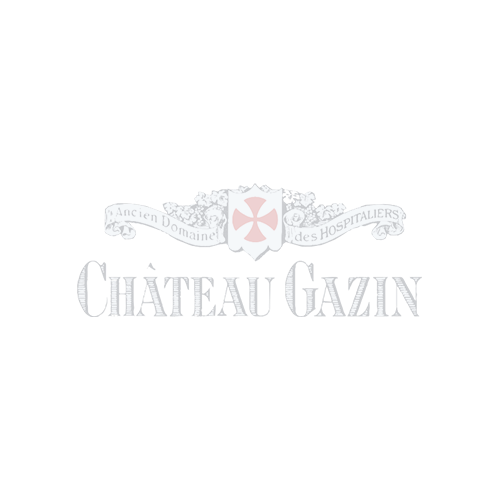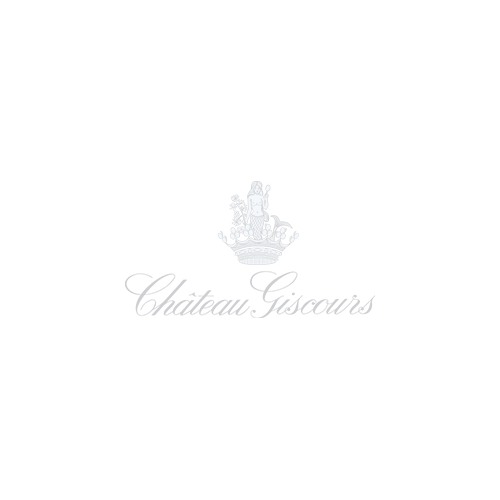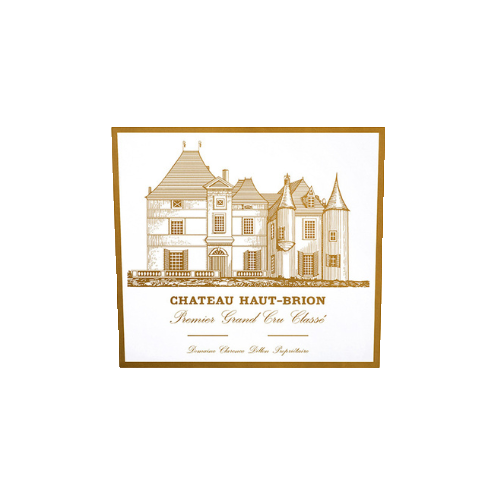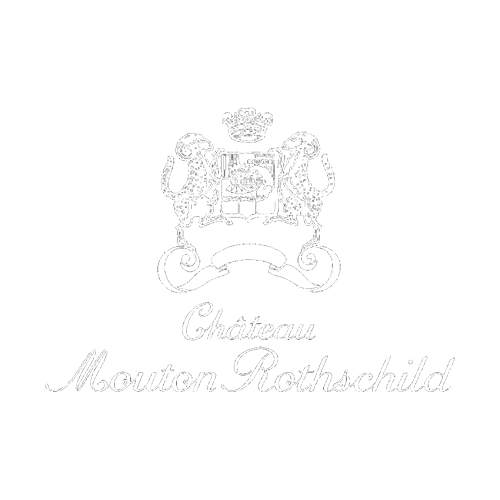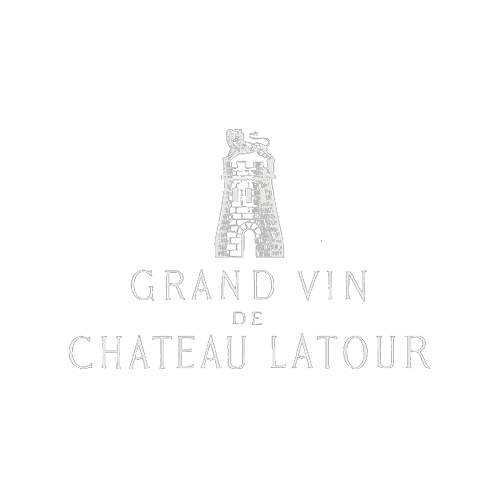THE GRANDS CRUS
OF BORDEAUX
First Classified Growths, Great Classified Growths of Saint-Emilion, Classified Growths of Graves, Classified Growths of Sauternes & Barsac discover all you need to know!

The Bordeaux region is home to many prestigious châteaux that produce quality and complex wines that deserve their reputation. The Classified Growths of Bordeaux are a sub-category of the Appellations d'Origine Contrôlée and constitute the top of the classification scale found only in the Bordeaux region. It is also declined in several classifications according to each sub-region: Medoc, Grave, Saint-Emilion, Sauternes.
Discover more about the Grands Crus of Bordeaux!
APPELLATIONS
OF THE GRANDS CRUS OF BORDEAUX
CLASSIFICATION OF THE
BORDEAUX WINES
MÉDOC
SAINT-ÉMILION
GRAVES
SAUTERNES & BARSAC
FIRST CLASSIFIED GROWTHS
OF BORDEAUX
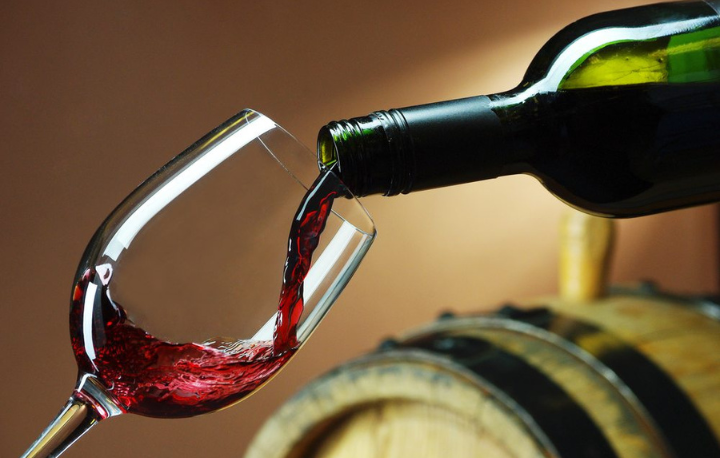
THE VINTAGE
GUIDE
Largest vineyard in France, the Bordeaux region has many chateaux and a large choice of wines. For years, the region has been producing great vintages, but which ones to choose? Ready to drink or to keep a few more years? Our guide will help you to see more clearly and to make the right choice!
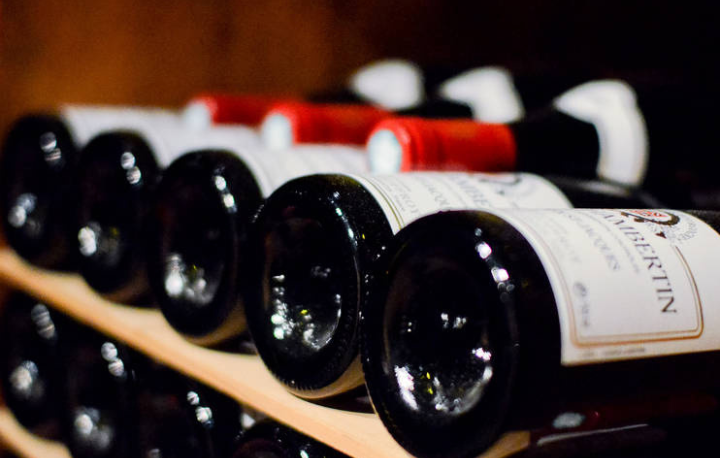
LEARN MORE ABOUT THE CLASSIFICATIONS OF BORDEAUX WINES
MÉDOC CLASSIFICATION
The first official and oldest classification of Bordeaux wines is the one of 1855 when Napoleon III asked each wine region to establish a classification during the Universal Exhibition in Paris. In this list, we find 5 First Growths, 14 Second Growths, 14 Third Growths, 10 Fourth Growths and 18 Fifth Growths:
First Growths : Château LAFITE-ROTHSCHILD (Pauillac) - Château LATOUR (Pauillac) - Château MARGAUX (Margaux) - Château MOUTON ROTHSCHILD (Pauillac) - Château HAUT-BRION(Pessac)
Second Growth : Château RAUZAN-SÉGLA (Margaux) - Château RAUZAN-GASSIES (Margaux) - Château LÉOVILLE LAS CASES (Saint-Julien) - Château LÉOVILLE-POYFERRÉ (Saint-Julien) - Château LÉOVILLE BARTON (Saint-Julien) - Château DURFORT-VIVENS (Margaux) - Château GRUAUD LAROSE (Saint-Julien) - Château LASCOMBES (Margaux) - Château BRANE-CANTENAC (Margaux) - Château PICHON-LONGUEVILLE (Pauillac) - Château PICHON LONGUEVILLE COMTESSE de LALANDE (Pauillac) - Château DUCRU-BEAUCAILLOU (Saint-Julien) - Château COS d'ESTOURNEL (Saint-Estèphe) - Château MONTROSE (Saint-Estèphe)
Third Growth : Château KIRWAN (Margaux) - Château d'ISSAN (Margaux) - Château LAGRANGE (Saint-Julien) - Château LANGOA BARTON (Saint-Julien) - Château GISCOURS (Margaux) - Château MALESCOT SAINT-EXUPÉRY (Margaux) - Château BOYD-CANTENAC (Margaux) - Château CANTENAC BROWN (Margaux) - Château PALMER (Margaux) - Château LA LAGUNE (Haut-Médoc) - Château DESMIRAIL (Margaux) - Château CALON-SÉGUR (Saint-Estèphe) - Château FERRIÈRE (Margaux) - Château MARQUIS d'ALESME(Margaux)
Fourth Growth : Château SAINT-PIERRE (Saint-Julien) - Château TALBOT (Saint-Julien) - Château BRANAIRE-DUCRU (Saint-Julien) - Château DUHART-MILON (Pauillac) - Château POUGET (Margaux) - Château LA TOUR CARNET(Haut-Médoc) - Château LAFON-ROCHET (Saint-Estèphe) - Château BEYCHEVELLE (Saint-Julien) - Château PRIEURÉ-LICHINE (Margaux) - Château MARQUIS de TERME (Margaux)
Fifth Growth : Château PONTET-CANET (Pauillac) - Château BATAILLEY (Pauillac) - Château HAUT-BATAILLEY (Pauillac) - Château GRAND-PUY-LACOSTE (Pauillac) - Château GRAND-PUY DUCASSE (Pauillac) - Château LYNCH-BAGES (Pauillac) - Château LYNCH-MOUSSAS (Pauillac) - Château DAUZAC (Margaux) - Château d'ARMAILHAC (Pauillac) - Château du TERTRE(Margaux) - Château HAUT-BAGES LIBÉRAL (Pauillac) - Château PÉDESCLAUX (Pauillac) - Château BELGRAVE (Haut-Médoc) - Château de CAMENSAC (Haut-Médoc) - Château COS LABORY (Saint-Estèphe) - Château CLERC MILON (Pauillac) - Château CROIZET-BAGES (Pauillac) - Château CANTEMERLE (Haut-Médoc)
SAUTERNES & BARSAC CLASSIFICATION
Elaborated in 1855 during the Universal Exhibition in Paris, this classification only ranks the sweet wines of Bordeaux. 27 estates divided into 3 categories:
Premier Cru Supérieur : Château d'Yquem (Sauternes)
Premier Cru Classé (11 châteaux) : Château LA TOUR BLANCHE (Sauternes) - Château LAFAURIE-PEYRAGUEY (Sauternes) - Clos HAUT-PEYRAGUEY (Sauternes) - Château de RAYNE VIGNEAU (Sauternes) - Château SUDUIRAUT (Sauternes) - Château COUTET (Barsac) - Château CLIMENS (Barsac) Château GUIRAUD (Sauternes) - Château RIEUSSEC (Sauternes) - Château RABAUD-PROMIS (Sauternes) - Château SIGALAS RABAUD (Sauternes)
Second Cru (15 châteaux) : Château de MYRAT (Barsac) - Château DOISY DAËNE (Barsac) - Château DOISY-DUBROCA (Barsac) - Château DOISY-VÉDRINES (Barsac) - Château d’ARCHE (Sauternes) - Château FILHOT (Sauternes) - Château BROUSTET (Barsac) - Château NAIRAC (Barsac) - Château CAILLOU (Barsac) - Château SUAU (Barsac) - Château de MALLE (Sauternes) - Château ROMER du HAYOT (Sauternes) - Château ROMER (Sauternes) - Château LAMOTHE (Sauternes) - Château LAMOTHE-GUIGNARD (Sauternes)
SAINT-ÉMILION CLASSIFICATION
Saint-Emilion wine classifications have a long history dating back to 1955 when the first list of Classified Growths was established. Since then, the classification has been revised several times, the latest being in 2022.
The current classification of Saint-Emilion wines consists of four main categories:
First Classified Growth A: This category includes two wines, Château FIGEAC et Château PAVIE. This is the highest classification for Saint-Emilion wines
First Classified Growth: This category includes 12 wines, including Château Beau-Séjour Bécot, Château Canon, Clos Fourtet, and Château Troplong Mondot.
Grand Cru Classé: This category includes 71 wines, including Château Corbin, Château Berliquet, Château Cap de Mourlin and Château Dassault.
Grand Cru: This category includes about 600 producers, who are not classified but are authorized to use the Saint-Emilion appellation.
The classification is established by a panel of professional tasters, who evaluate each wine according to the quality of the terroir, the reputation of the estate, the quality of the wines produced and their ageing potential. The ranking is revised approximately every ten years, although changes can be made between revisions if necessary.
GRAVES CLASSIFICATION
The INAO set up this classification at the request of the defence units of the appellation. It includes 14 chateaux producing red and white wines:
Reds & Whites : Château BOUSCAUT (Cadaujac) - Château CARBONNIEUX (Léognan) - Château CHEVALIER (Léognan) - Château LATOUR-MARTILLAC (Martillac) - Château MALARTIC-LAGRAVIÈRE (Léognan) - Château OLIVIER (Léognan)
Red wine : Château DE FIEUZAL (Léognan) - Château HAUT-BAILLY (Léognan) - Château LA MISSION HAUT-BRION (Talence) - Château PAPE CLÉMENT (Pessac) - Château SMITH HAUT-LAFITTE (Martillac) - Château LA TOUR HAUT-BRION (Talence) - Château HAUT-BRION (Pessac - also First Classified Growth in 1855)
White wine : Château COUHINS (Villenave d'Ornon) - Château COUHINS-LURTON (Villenave d'Ornon) - Château LAVILLE HAUT-BRION (Talence)
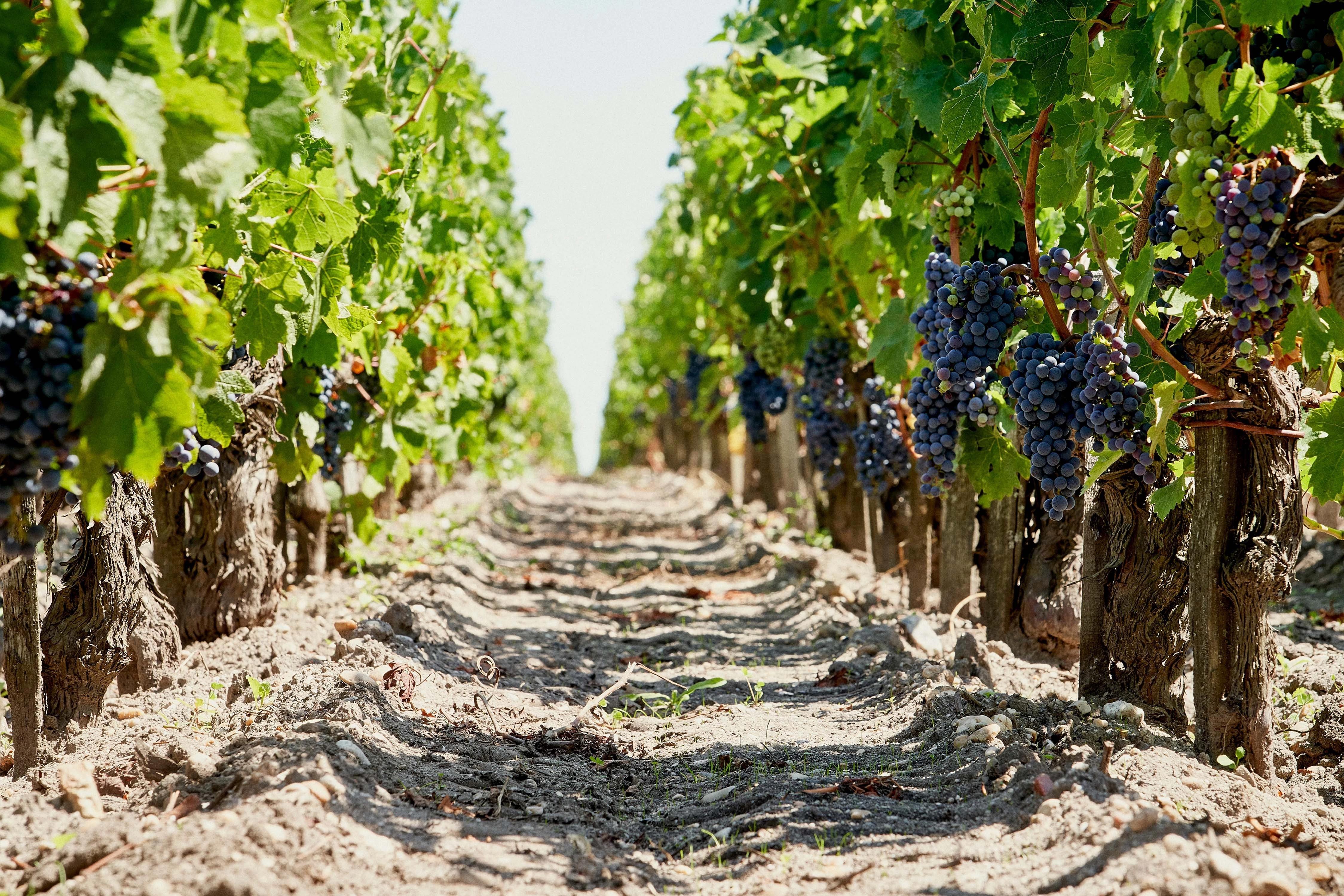
Need Help?
Our team of experts remains at your disposal from Monday to Friday by email and by phone at 05 35 542 541
